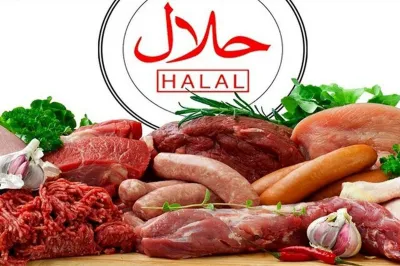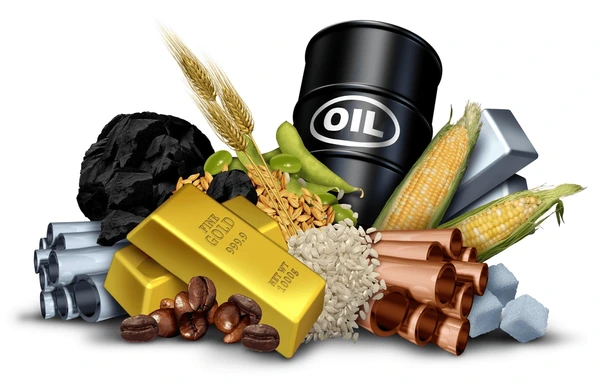


Directory of meat suppliers in China
 Ye zhuobin2 weeks ago
Ye zhuobin2 weeks ago copperChalcopyrite, Ruby, Emerald
copperChalcopyrite, Ruby, Emerald William Liang GETO new materials5 months ago
William Liang GETO new materials5 months ago Aluminum formworkCement, Brick, Concrete Blocks, Steel, Aluminum, Apartment, Industrial Buildings, Office, Shops And Stores, Villa
Aluminum formworkCement, Brick, Concrete Blocks, Steel, Aluminum, Apartment, Industrial Buildings, Office, Shops And Stores, Villa David Huang8 months ago
David Huang8 months ago Armenia TurquoiseTurquoise
Armenia TurquoiseTurquoise Shanghai Minglan Chemical Co.,Ltd.16 months ago
Shanghai Minglan Chemical Co.,Ltd.16 months ago إضافات زيوت التشحيم
إضافات زيوت التشحيم




